From the ultra-long to the comparably shorter hikes, these treks boast a spectacular draw–be it sky-scraping peaks, spiritual journeys, or unusual terrain.
Worldwide, long-distance trails are suited to all hikers whether for one day, one week, or one month. Though thousands attempt thru-hikes each year, very few reach the end of the trail. For new trekkers looking for the best path to try, thru-hikers seeking their next challenge to tackle, or adventure travelers that need the extra motivation of a distant destination, these are the world’s best long-distance hikes.
-
Via Alpine
Where: The Alps
Distance: 3,107+ miles

Stretching from Monaco to Trieste and winding through France, Switzerland, Liechtenstein, Germany, Austria, and Slovenia, Via Alpina’s red trail conquers all mastiffs higher than 4,000 meters(13,123 feet) and crosses borders 44 times. There are four additional, shorter trails: the green, yellow, blue, and purple routes. Rest at a village inn or stay in mountain huts after a long day’s walk. This affords travelers the chance to lighten their load by purchasing breakfasts and dinners rather than carrying food for every meal, as well as experience the local culture. -
Via Dinarica
Where: Western Balkans
Distance: 1,199 miles
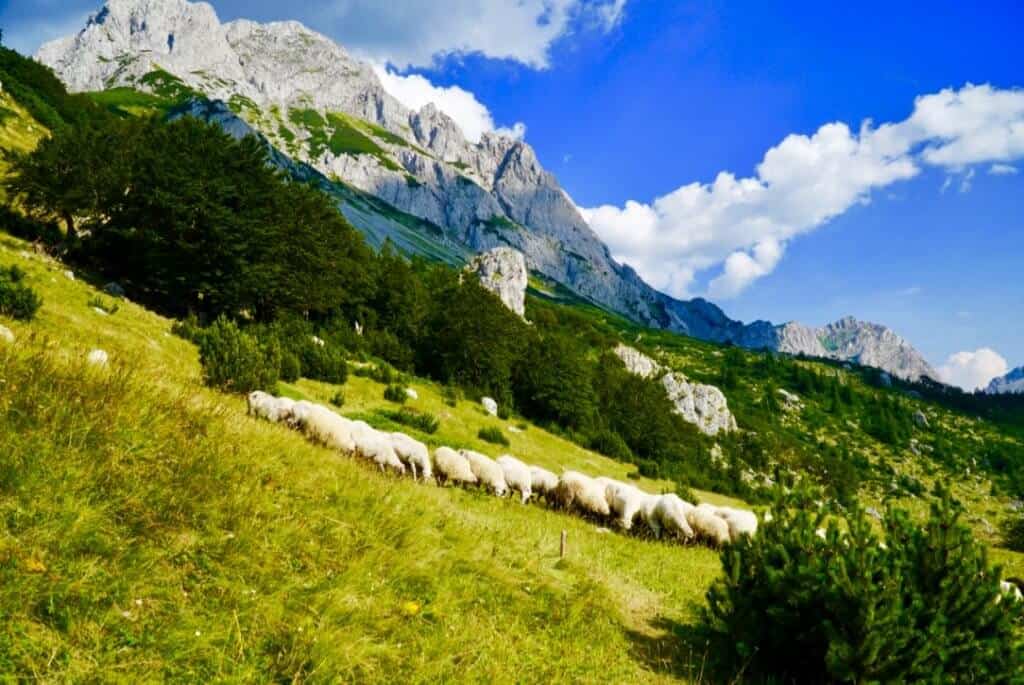
Where the Via Alpina leaves off, the Via Dinarica begins in Slovenia. From Slovenia, Via Dinarica, another eight-country trail, reaches further into Southeastern Europe to include Croatia, Bosnia-Herzegovina, Serbia, Montenegro, Kosovo, Albania, and Macedonia. There are three trails to choose from: the white trail, connecting mountain peaks; the green trail, running through old-growth forests; and the blue trail, following the coastline. Culture and heritage at every turn of the trail bring an old-world authenticity to the experience. -
Jordan Trail
Where: Jordan
Distance: 404 miles

The Jordan Trail passes through 52 villages and towns across eight regions of Jordan. From archaeological sites such as Petra to dramatic landscapes like the edge of the Jordan Rift Valley, those walking the path will see the impact and influence of past civilizations. Mid-way through the trek, the trail crosses the Dead Sea canyons, which are home to Jahalin Bedouins. As a sign of respect, approach camps from the men’s side on the left, and offer a greeting in Arabic. Stop in Fuheis for a recovery beer. -
Great Himalaya Trail
Where: Himalyas
Distance: 2,849 miles

Spanning the entire Himalayan mountain range through Bhutan, India, Nepal, Pakistan, and Tibet, the Great Himalaya Trail offers two routes, one low, the other high. Both are very demanding due to altitudes ranging from 2,000 meters (6,500 feet) to 6,000 meters (20,000 feet), and peaks worthy of training for Everest. The first, GHT High Route, runs along mountain peaks providing trekkers with plenty of views to gasp at if the high elevation isn’t enough. The second route is the GHT Cultural trail, which can be navigated alone easily, connects villages, and provides the opportunity to connect with locals. -
Te Araroa Trail
Where: New Zealand
Distance: 1,864 milesMaori for “the long pathway,” Te Araroa begins on the North Islands and continues to the end of the South Island. Reaching from glacial ridges to the headlands with sweeping views, begin between September and December if planning to walk from north to south. To fully immerse in the experience, plan a stay in a Maori community. Alternatively, purchase a hut pass—an easy option for those planning on completing the five-month thru-hike.
-
Transcaucasian Trail
Where: Armenia and Georgia
Distance: 1,864 miles

Launched in 2015, the Transcaucasian Trail, which traverses Armenia and Georgia’s Caucasus region, is open but still being developed. Currently centered around Dilijan, a spa town also known as the “Little Switzerland of Armenia,” and the national forest that surrounds it, hikers will pass through apple and pear orchards, medieval Christian Armenian art, and Soviet-era infrastructure. Once the trail is complete, your back will thank you for packing ultra-light after crossing the trek’s seven peaks higher than 5,000 meters (16,404 feet). -
Kungsleden
Where: Sweden
Distance: 249 miles

In Swedish Lapland, Kungsleden, or The King’s Trail, crosses the Arctic Circle through Abisko National Park to Hemavan. While the best time to actually hike this trail arrives at the end of June and extends through mid-September, the experience is most unique between April and the first weeks of May when the trail can be skied. Cabins and mountain huts are posted at the end of a day’s walk, every 12-15km. -
Camino de Santiago
Where: Spain
Distance: 490 miles
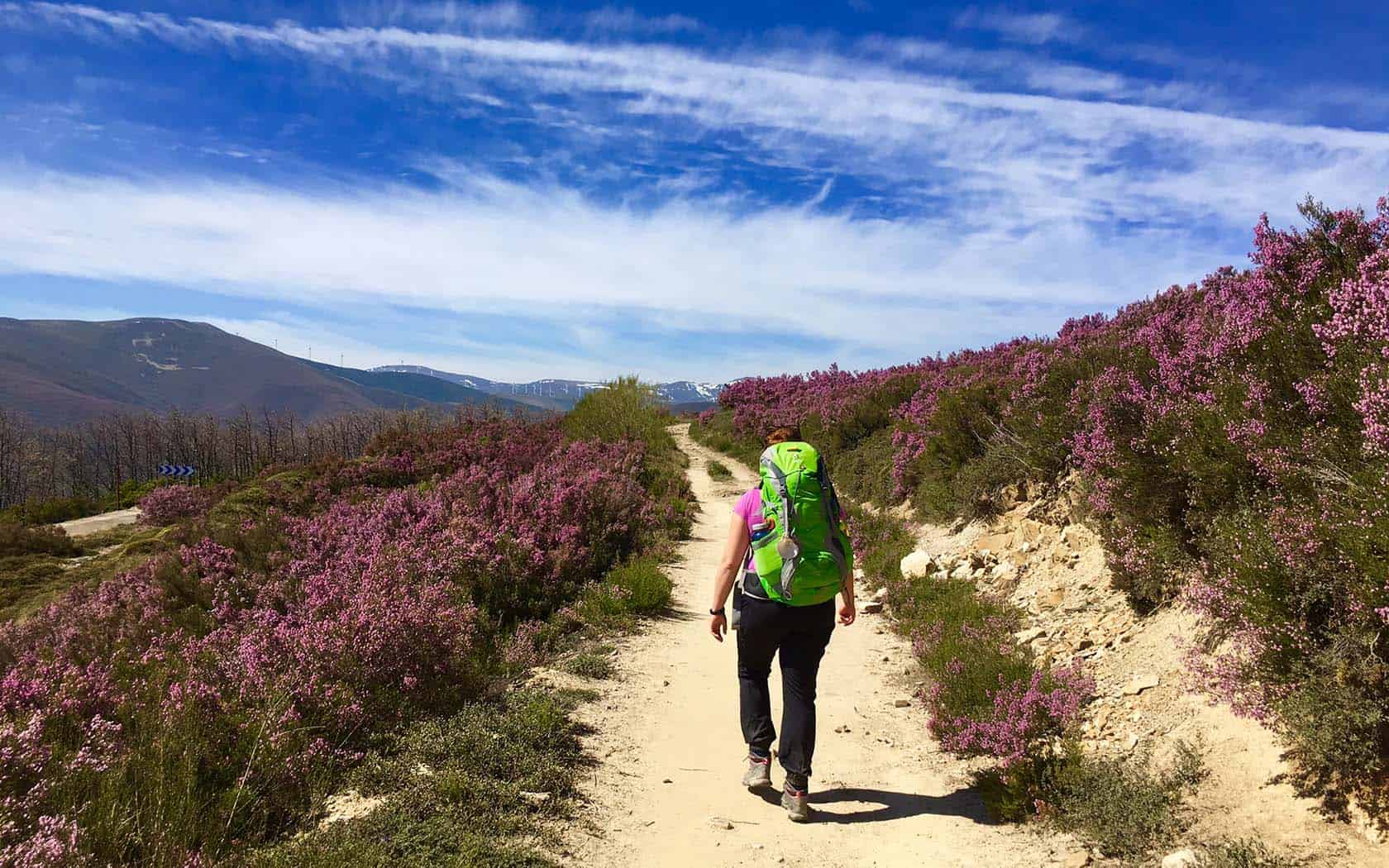
The Camino de Santiago is best known as a network of ancient pilgrimage trails to the Cathedral of Santiago de Compostela in Galicia. What hikers may not know without having attempted this trail is that it is open to cyclists and even equestrians as well. Though its popularity first surged in the 10th, 11th, and 12th centuries, the trail is experiencing a renaissance with more than 278,000 people completing the trail in 2016. -
Appalachian Trail
Where: Maine to Georgia, U.S.
Distance: 2,175 miles

When paired with the Pacific Crest Trail and Continental Divide, this trio becomes the United State’s “Triple Crown of Hiking.” The shortest of the three, the Appalachian Trail is revered within the distance-hiking community. A classic for thru-hikers and section-hikers alike, few trails—apart from its two counterparts—are as well organized. Though the number of thru-hikes attempted from south to north has seen a 155 percent increase in seven years with more projected growth to come, fewer and fewer are making it to the end. Only one in four are actually able to complete the thru-hike to become a “2,000 Miler.” To join the decades-old club with less than 20,000 members, start training and planning early. -
Pacific Crest Trail
Where: Washington to California, U.S.
Distance: 2,650 miles
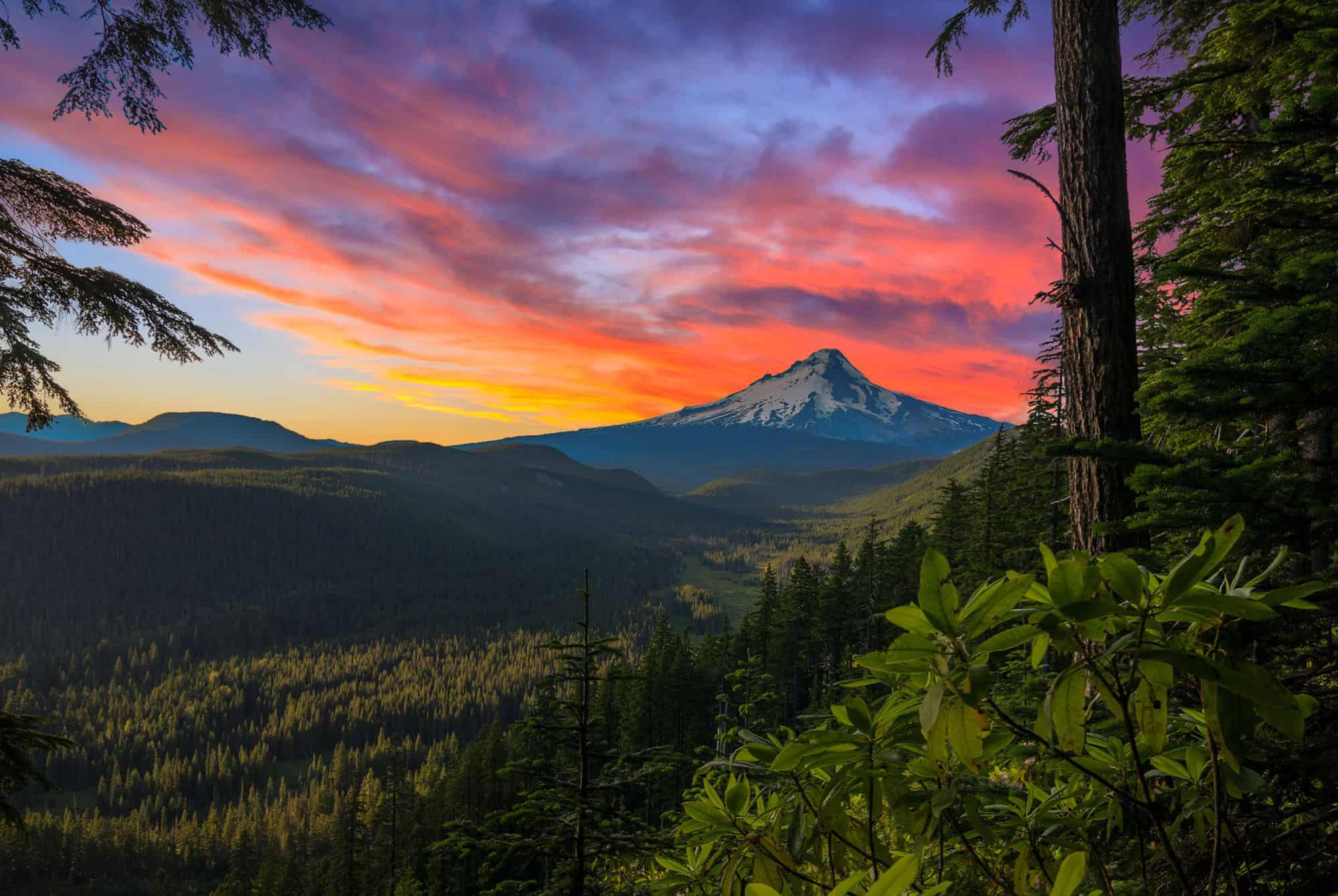
From U.S. border to U.S. border, the Pacific Crest Trail spans Washington, Oregon, and California to cross every type of landscape in the American West. Views of deserts, glaciers, and thick forests prove to be promising rewards during each day’s walk. Almost all PCT hikers start in the south and work north. Start your hike at less-crowded points, or even from the north, to conserve the environment, but be wary of snow. An added perk to beginning in the north: the wilderness to yourself. -
Continental Divide
Where: Montana to New Mexico, U.S.
Distance: 2,650 miles
The Continental Divide is the longest and last step to completing the “Triple Crown.” Across the hike, trekkers will take on 10,000 feet of elevation gain from the northern border of Montana, through Idaho, Wyoming, and Colorado, to the southern border of New Mexico. This year marks the 40th anniversary, and there will surely be hikers celebrating in gateway communities such as Lincoln, Montana; Rawlins, Wyoming; South Fork, Colorado; and Silver City, New Mexico.
-
Drakensberg Grand Traverse
Where: South Africa and Lesotho
Distance: 137-149 miles
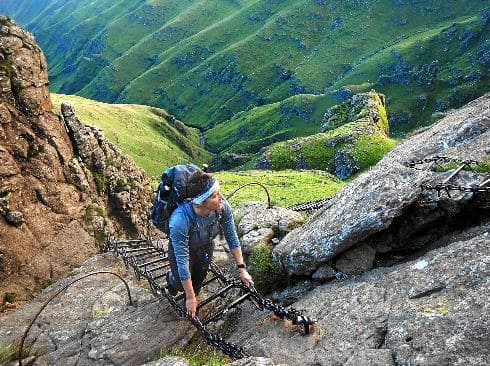
What this informal traverse lacks in length, it makes up for in height. The Drakensberg Grand Traverse summits six peaks, four of which reach higher than 3,000 meters, or 9,843 feet. The highest point in South Africa, Mafadi, and the highest point in southern Africa, in Lesotho, Thabana Ntlenyana, both lie on the trail’s path. -
Shikokus Pilgrimage Trail
Where: Japan
Distance: 746 miles

Shikoku Pilgrimage runs along a circular path meant to be traveled slowly in personal reflection. This centuries-old trek passes more than 80 temples along its route, including locations where Kobo Daishi, the 8th-century poet and founder of Shingon Buddhism, spent time. Though most days the walk is moderately challenging, several days are more difficult, such as the hike to the twelfth temple that requires a henro, or hiker, to climb three mountain passes. -
South West Coastal Path
Where: United Kingdom
Distance: 631 miles

The South West Coastal Path is the longest trail in the United Kingdom, this is the only place to see an uninterrupted display of 185 million years worth of evolution. Hikers will pass fortifications from the Iron Age, remnants of World War II, and limestone kilns. While most sections are easy to moderate hikes, only two are more challenging. Look for signs that detail interesting geological and cultural points. -
Greater Patagonia Trail
Where: Patagonia
Distance: 1,864 miles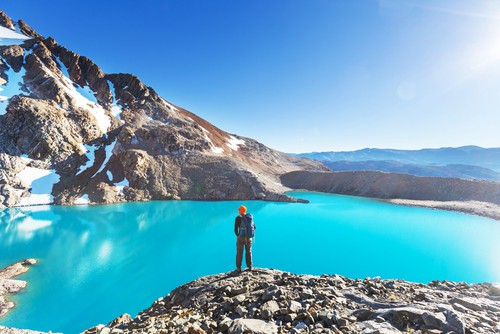
An informal network of trails, the Greater Patagonia Trail is the longest trekking path in South America. Travelers will pass over dormant and active volcanoes that heat nearby hot springs, a welcome point of relaxation for sore feet. Purists will want to hike the region’s trails, but pack-rafting is an option with rivers, lakes, and fjords to float along. Since the trail was first published by Jan Dudeck in 2015, only 40 people have attempted the trail.
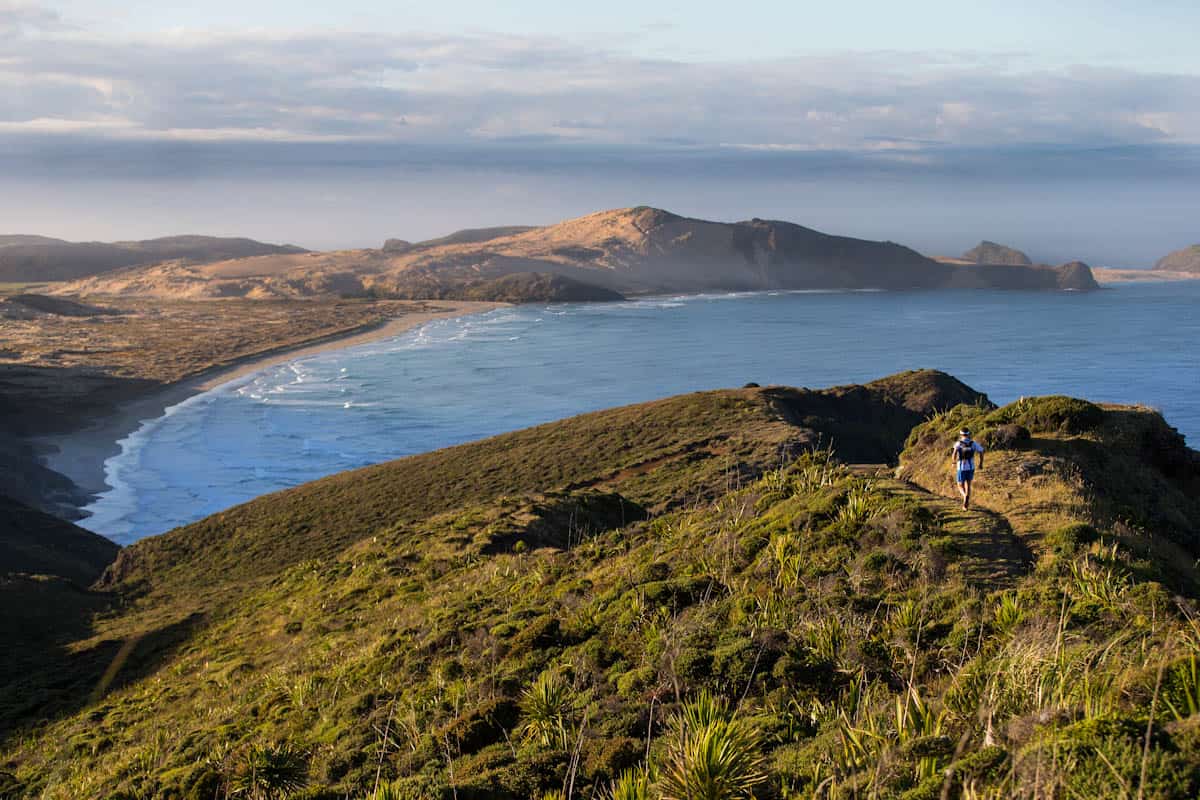




Leave a Reply